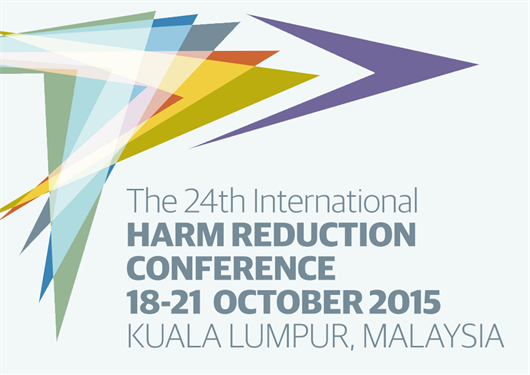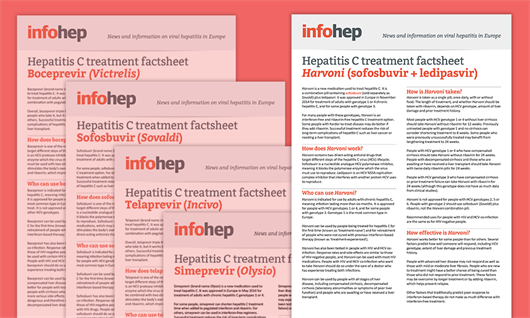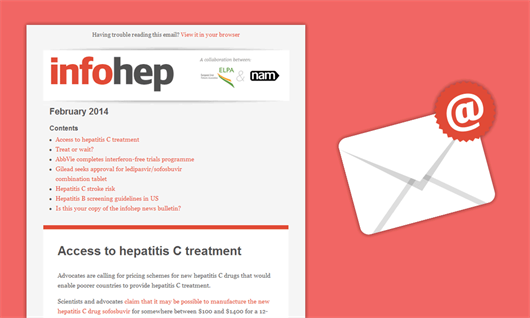The World Health Organization (WHO) has issued its first guidelines on the prevention, treatment and care of hepatitis B virus (HBV). WHO estimates that 650,000 people die each year from liver cancer or cirrhosis as a consequence of hepatitis B infection, predominantly in lower- and middle-income countries. Approximately 240 million people are estimated to be infected with hepatitis B worldwide; between 20% and 30% of people who become infected with hepatitis B will go on to develop cirrhosis or liver cancer.
The guidelines recommend a simplified approach to hepatitis B monitoring and treatment in order to encourage the expansion of hepatitis B treatment in lower- and middle-income settings. In their quest to simplify hepatitis B treatment, WHO is following the successful example of the scale up of antiretroviral treatment for HIV. The guidelines are based on expert recommendations, following a rigorous review of the published evidence.
For people diagnosed with chronic hepatitis B, WHO recommends the use of a non-invasive test, the AST-to-platelet ratio (APRI) to assess the presence of cirrhosis where Fibroscan or Fibrotest is not available. Anyone with indications of cirrhosis by these tests should be treated, regardless of ALT levels, HBeAg status or HBV DNA levels. Treatment is also recommended in persons aged over 30 years without evidence of cirrhosis if they have persistently elevated ALT levels and high-level HBV DNA (>20,000 IU/ml). If HBV DNA testing is not available, treatment should be considered in cases of persistently elevated ALT levels even if cirrhosis is absent. People who do not meet these criteria at present should be monitored annually for signs of disease progression. In people with fluctuating ALT and HBV DNA levels more frequent monitoring may be indicated.
The preferred first-line therapy for chronic hepatitis B is either tenofovir or entecavir due to their high barriers to resistance. Lamivudine, adefovir or telbivudine are not recommended due to the higher risk of resistance to these drugs. Tenofovir is recommended as the preferred second-line treatment in people who have previously received other antiviral drugs.
Treatment should be lifelong in people with cirrhosis. Treatment discontinuation should be considered only in people without cirrhosis who show evidence of HBeAg loss and seroconversion to anti-HBe, and who have persistently normal ALT levels and undetectable HBV DNA. Treatment should be resumed if reactivation of hepatitis B replication occurs, and all people who stop treatment should be monitored for reactivation.
All people on treatment with cirrhosis should be monitored every six months for liver cancer, as should people with chronic hepatitis B with a family history of liver cancer. Regular monitoring for liver cancer is also indicated for people aged 40 and over with HBV DNA above 2000 IU/ml, in the absence of cirrhosis.
In people with HIV and hepatitis B co-infection, antiretroviral treatment containing tenofovir should be initiated in all those with evidence of severe chronic liver disease and in those with CD4 cell counts below 500, regardless of liver disease.
The guidelines also include recommendations on how to scale up treatment and monitoring, and special considerations for populations including people with decompensated cirrhosis and pregnant women.





Connect with infohep on Facebook: Keep up to date with all the latest news and developments.
Follow infohep on Twitter for links to news stories and updates from infohep.org. Follow us at www.twitter.com/infohep.
Follow all the infohep news by subscribing to our RSS feeds.